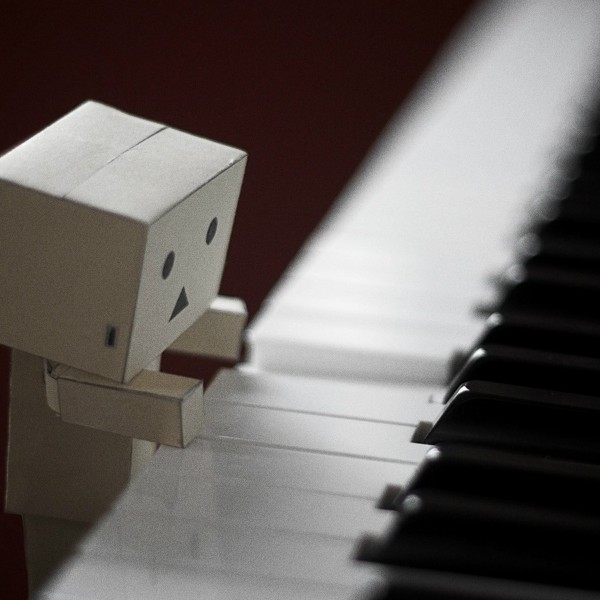History of the Piano

The story of the piano begins in Padua, Italy in 1709, in the shop of a harpsichord maker named Bartolomeo di Francesco Cristofori (1655-1731). Many other stringed and keyboard instruments preceded the piano and led to the development of the instrument as we know it today.
Mankind’s knowledge that a taut, vibrating string can produce sound goes back to prehistoric times. In the ancient world, strings were attached and stretched over bows, gourds, and boxes to amplify the sound; they were fastened by ties, pegs and pins; and they were plucked, bowed or struck to produce sounds.
Eventually, a family of stringed instruments with a keyboard evolved in Europe in the 14th century. The earliest of these was a dulcimer, a closed, shallow box over which stretched wires were struck with two wooden hammers. The dulcimer led to the development of the clavichord, which also appeared in the 14th century. These were followed by the spinet, virginal, clavecin, gravicembalo, and finally, the harpsichord in the 15th century.
